Phone:
+254 721 694346
Physical address:
Samsora Building, 2nd Floor, Room 206, Nakuru
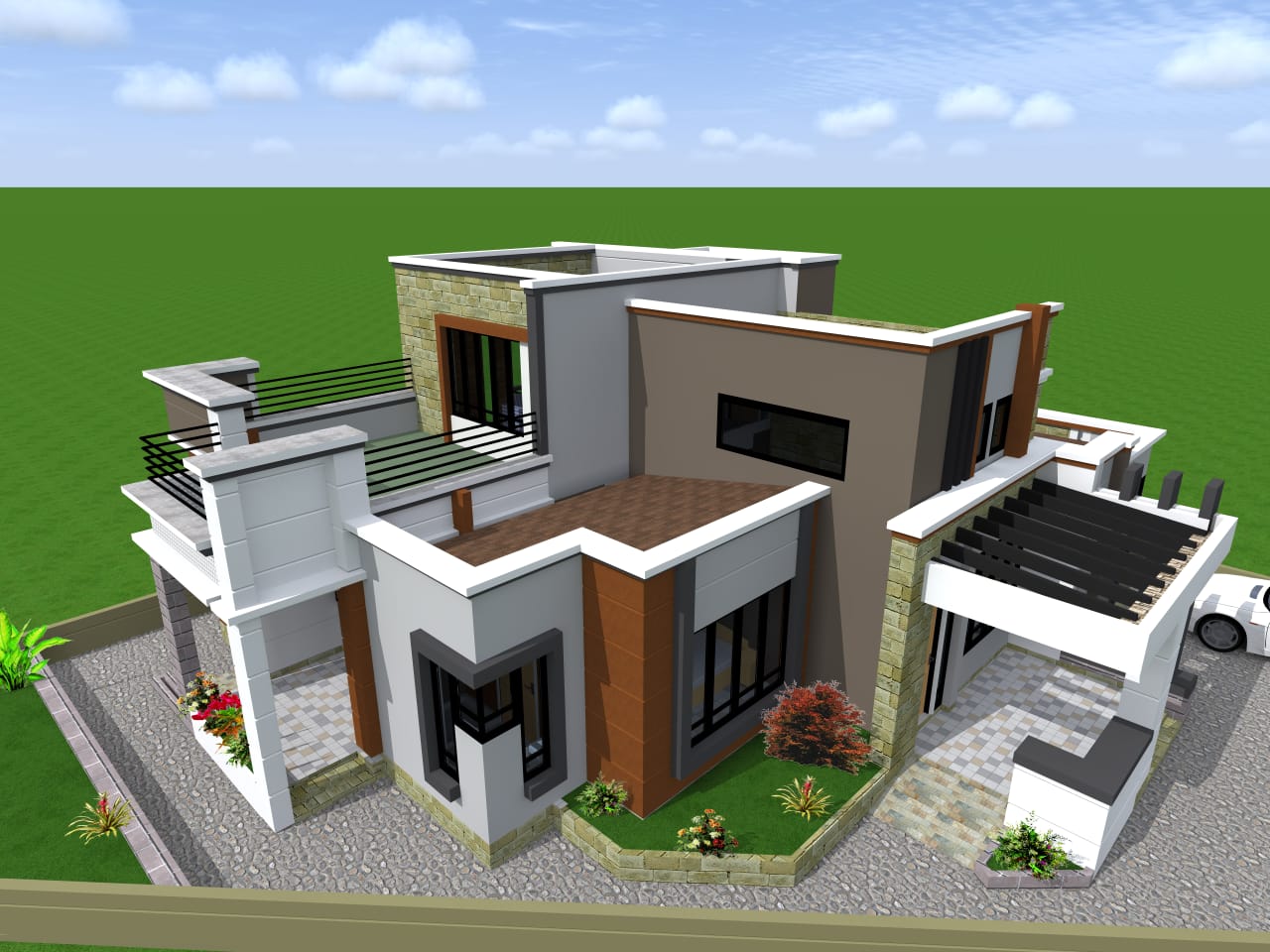
When it comes to building a home or commercial property in Kenya, selecting the right architect is crucial. An experienced and skilled architect can bring your vision to life, ensuring that your project is not only aesthetically pleasing but also functional and sustainable. Among the many architectural firms in Kenya, Arctic Space and Builders stands out as one of the best. Here’s why.
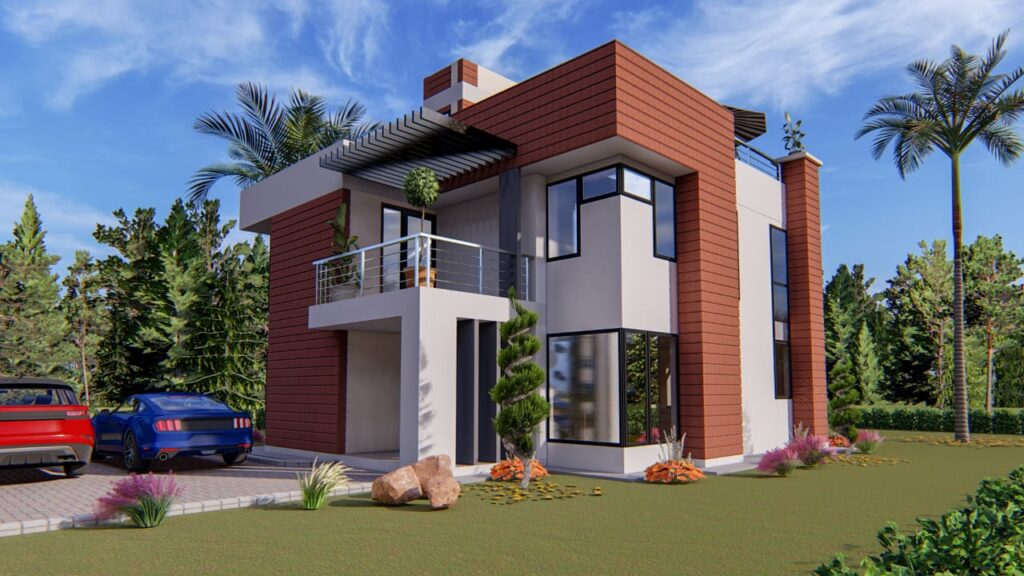

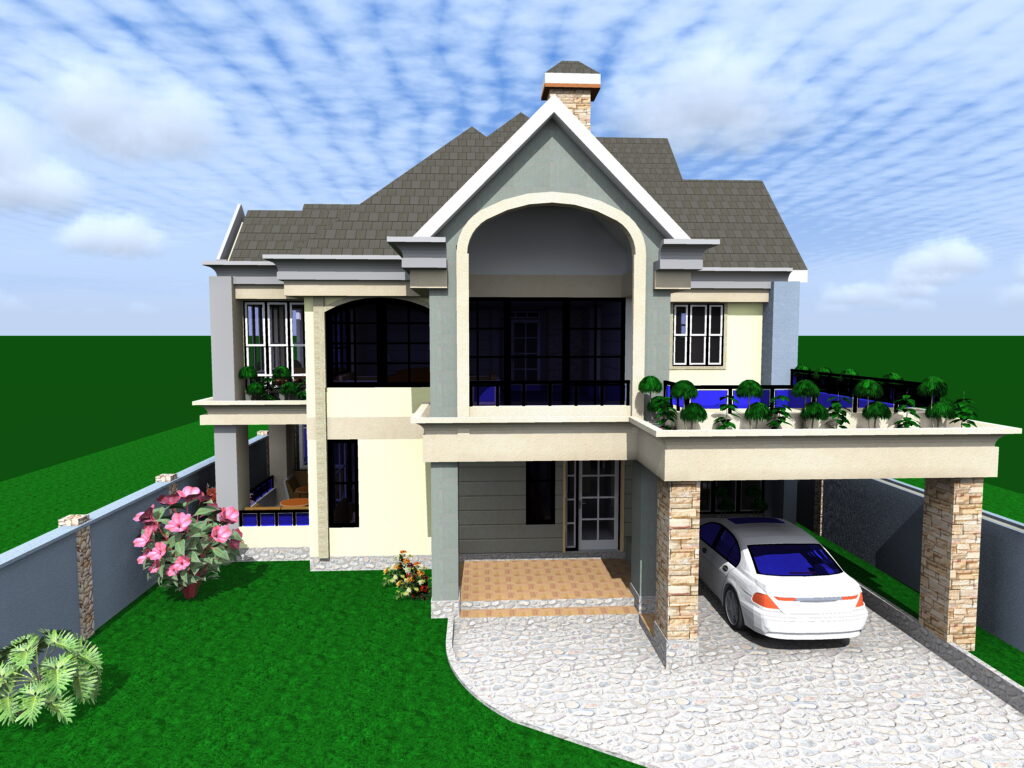
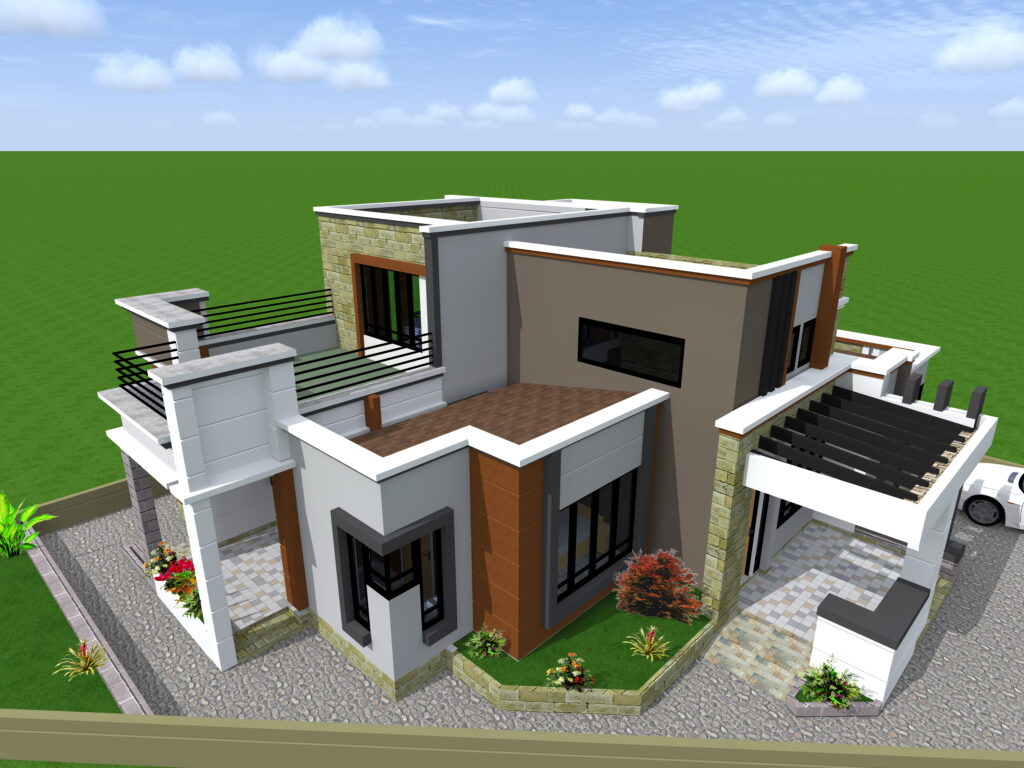
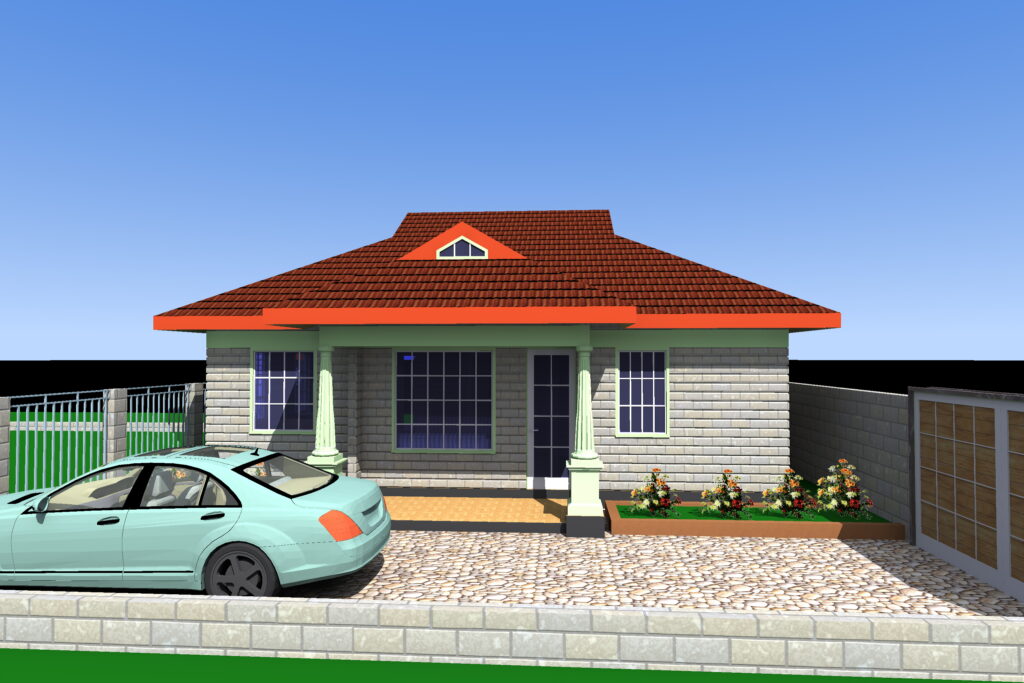
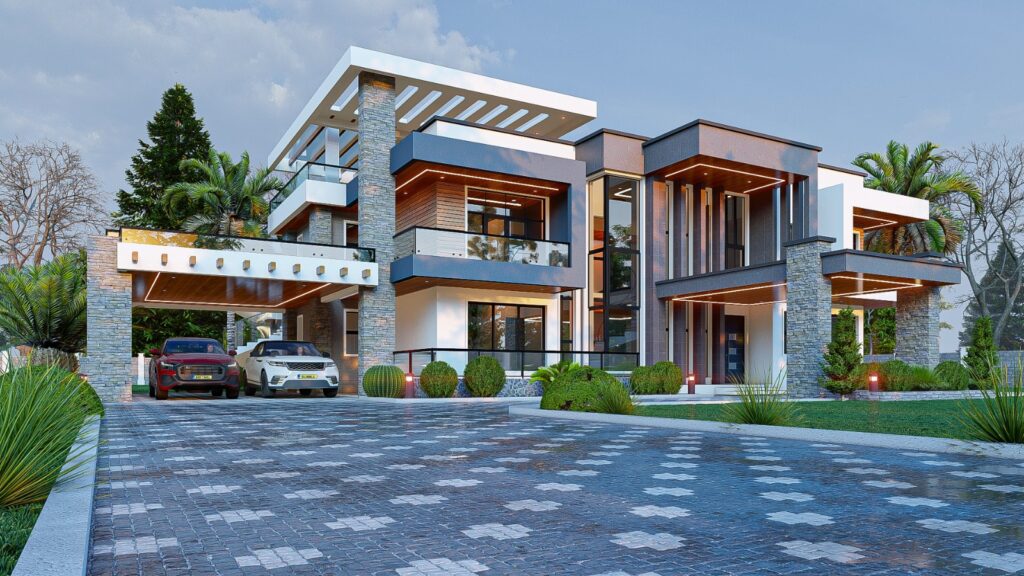
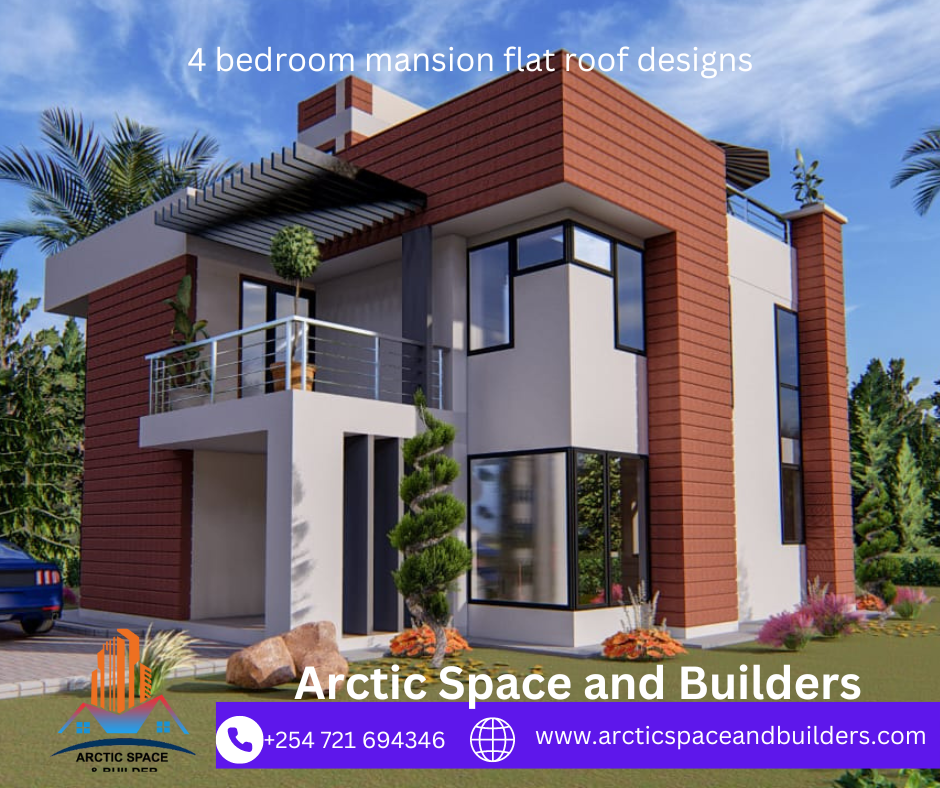


Arctic Space and Builders boasts a team of highly qualified architects with extensive experience in designing a wide range of projects. From residential homes to commercial buildings, our architects have the expertise to handle diverse architectural needs. Our portfolio includes modern and traditional designs, eco-friendly solutions, and innovative layouts tailored to each client’s unique requirements.
One of the key strengths of Arctic Space and Builders is our ability to serve both local and international clients. We have successfully completed projects for Kenyans living in the country as well as those residing abroad. Our international clients come from various countries, including the United States, UAE, and Australia. This global experience has given us a deep understanding of different architectural styles and preferences, allowing us to cater to a broad range of clients.
At Arctic Space and Builders, we believe that every client is unique, and so are their needs and preferences. We take the time to understand your vision, lifestyle, and budget before crafting a personalized design solution. Our architects work closely with you through every stage of the project, ensuring that your dream home or commercial space becomes a reality.
We are committed to delivering high-quality architectural services that meet the highest standards of excellence. Our designs are not only aesthetically pleasing but also sustainable and environmentally friendly. We incorporate the latest technologies and sustainable practices into our projects to ensure they are energy-efficient and have a minimal environmental impact.
Arctic Space and Builders offers a comprehensive range of architectural services, including:
Effective communication is crucial when working with clients, especially those living abroad. At Arctic Space and Builders, we use advanced communication tools to keep you updated on every aspect of your project. Whether through WhatsApp calls, emails, or detailed project reports, we ensure that you are always in the loop.
Our project management team works diligently to ensure that your project stays on track and within budget. We handle all the logistics, from obtaining necessary permits to coordinating with contractors, so you can focus on your vision.
Here are some of the reasons why Arctic Space and Builders is the best choice for your architectural needs in Kenya:
Here’s what some of our satisfied clients have to say about Arctic Space and Builders:
John M., UAE: “Arctic Space and Builders designed and built our dream home in Nairobi while we were still living in Dubai. Their communication was excellent, and the final result exceeded our expectations. We couldn’t be happier with their service.”
Mary K., United States: “I wanted to build a family home in Nakuru while living in the US. Arctic Space and Builders made the entire process seamless and stress-free. Their attention to detail and commitment to quality is unmatched.”
If you’re looking for the best architects in Kenya, look no further than Arctic Space and Builders. Visit our website at Arctic Space and Builders or contact us at +254 721 694346 to start your journey towards building your dream property today.
Arctic Space and Builders is recognized as one of the best architects in Kenya. Our firm is known for its innovative designs, commitment to quality, and excellent customer service.
The best architects in Kenya, such as Arctic Space and Builders, offer a range of services including residential design, commercial design, interior design, and renovation/extension services.
To hire the best architects in Kenya, contact Arctic Space and Builders through our website Arctic Space and Builders or call us at +254 721 694346. We will guide you through the process from consultation to project completion.
Yes, Arctic Space and Builders provides architectural services to clients living abroad. We have successfully completed projects for clients in the United States, UAE, Australia, and other countries.
The best architects in Kenya offer a variety of house designs including bungalows, maisonettes, townhouses, apartments, villas, contemporary designs, traditional designs, eco-friendly designs, and flat roof house designs.
Yes, Arctic Space and Builders incorporates sustainable and eco-friendly practices in our designs. We use energy-efficient materials and technologies to create environmentally responsible buildings.
Yes, Arctic Space and Builders is equipped to handle projects of all sizes, from small residential homes to large commercial buildings. Our expertise and resources allow us to deliver exceptional results for any project.
Arctic Space and Builders uses advanced communication tools to stay in touch with clients, especially those living abroad. We provide regular updates through WhatsApp calls, emails, and detailed project reports.
Arctic Space and Builders stands out as one of the best architects in Kenya due to our innovative designs, customer-centric approach, commitment to quality, and experience with both local and international clients.
The duration of a project with Arctic Space and Builders depends on the complexity and size of the project. We provide a detailed timeline during the consultation phase and strive to complete projects on time while maintaining high quality.
Yes, Arctic Space and Builders offers comprehensive project management services. We handle all aspects of the project, from initial design to final construction, ensuring a seamless and stress-free experience for our clients.